Did you take our advice? Were you able to use any of the ideas from our Holiday Marketing Tip Listicle?
We’ve been following our own advice, and we’re having a blast!
Our team has been picking out holiday cards, creating amusing content and graphics, and starring in award-worthy videos.
Marketing Has a Purpose
We may be entertaining each other more than getting any work done, but our antics have a purpose.
You see, we’re implementing a marketing strategy called proactive marketing. We met together months ago and came up with a plan to market our brand this holiday season. Now, we’re putting our plan into action.
We’re ready and focused, but we don’t want to be blind-sided by something we didn’t see coming. We don’t want to miss opportunities because we’re too focused on following our plans.
That’s why we’re also going to utilize a reactive marketing strategy as we go, and we’re going to teach you the difference between the two.
Proactive Marketing
What is It?
Proactive marketing is a premeditated approach to marketing where a company attempts to predict and plan for their customers’ future needs and wants.
To utilize this kind of marketing strategy, you must proactively focus on data-driven market fluctuations and on your buyer personas’ ever-changing pain points. In other words, you are trying to anticipate what you need to do in the future to connect with your customers and make sales on a consistent basis.
What is its Purpose?
✅ By planning your marketing campaign ahead of time, you can strategically prepare ways to build your brand’s voice, awareness, and value.
✅ By researching which consumers need your services, you can create targeted content and make plans to publish it through the print and media channels your customers are already using.
✅ By knowing how and where to focus your advertising dollars, you can develop metrics to show you whether or not you are getting a return on your investment.
❗❗❗ Ultimately, this pre-planned, buyer-focused, streamlined branding technique minimizes your marketing campaign’s risks and failures, setting you up for the highest success rate possible.
What are its Risks?
We would love to tell you that planning is always the best marketing strategy, but it does have its faults and risks.
Sometimes, you can actually waste time making plans and strategies. If you focus too much time on the planning stage of your campaign, you can run out of time to design and implement the advertising content you’ve planned.
A constant focus on the future can also prevent you from responding to your customers’ current needs and from reacting to the market’s current trends. If you can’t stay relevant in the present, you run the risk of being overlooked in the future.
Reactive Marketing
What is It?
Reactive marketing, on the other hand, is an active approach to marketing where a company responds to or imitates what their competitors are doing.
To utilize this type of marketing strategy, you decide where, when, and how to advertise based on current events, based on what you think is working for your competition, or based on what you think worked for you in the past. You jump on an advertising bandwagon, so to speak.
What is Its Purpose?
✅ By responding to current events on social media platforms, you can actively engage with your current customers.
✅ By interacting, you can get your brand in front of consumers who haven’t heard of you before but share similar interests.
✅ By reacting to news, events, and trends on public platforms, you can show off your brand’s sense of humor, its culture, or its values.
❗❗❗ Ultimately, this reactive branding technique can make you appear more relevant, responsive, and relatable than other companies.
What are its Risks?
Just as proactive marketing has risks, reactive marketing can be risky.
You may think of great responses to current events and trends, but if you don’t create that content quickly enough, it may be irrelevant by the time you create and publish it.
If you don’t filter or think about your responses before you post them, you could offend current customers or drive away potential customers. Sure, your content may go viral and bring you all kinds of attention, but if you’re not careful, you could attract negative attention and damage your brand’s reputation.
It’s Not Too Late
If you haven’t developed a proactive marketing plan for your business this year, you should at least plan to use a reactive marketing strategy. Prepare to respond to trends, events, and market conditions as they happen.
Get through this holiday season and then sit down at the beginning of next year and develop a marketing plan that uses a mixture of proactive and reactive strategies to optimize your marketing budgets.
We don’t expect you to be marketing experts; that’s why we exist. So don’t be afraid to reach out to us for help if you need it. We’re more than happy to help you build your brand!

